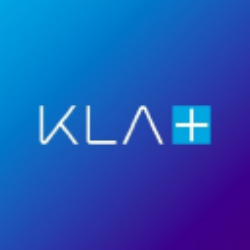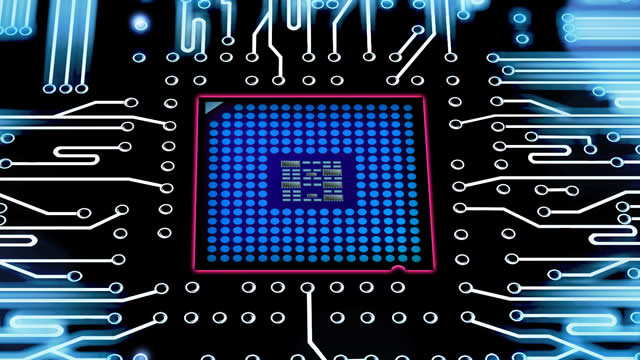
KLAC
KLA Corporation
$1223.37
-1.74
(-0.14%)
| Exchange: | |
| Market Cap: | 160.741B |
| Shares Outstanding: | 68.176M |
About The Company
| Sector: | Technology | |||||
| Industry: | Semiconductors | |||||
| CEO: | Richard Wallace | |||||
| Full Time Employees: | 15000 | |||||
| Address: |
|
|||||
| Website: | https://www.kla.com |
KLA Corporation designs, manufactures, and markets process control, process-enabling, and yield management solutions for the semiconductor and related electronics industries worldwide. It operates through four segments: Semiconductor Process Control; Specialty Semiconductor Process; PCB, Display and Component Inspection; and Other. The company offers integrated circuit (IC) manufacturing products that comprises wafer inspection and review, and metrology; wafer and substrate defect inspection and metrology; reticle defect inspection and metrology; chemical/materials quality analysis; in situ process management and wafer handling diagnostics for IC and original equipment manufacturer (OEM) manufacturing; software products to provide run-time process control, defect excursion identification, process corrections, and defect classification; and refurbished and remanufactured products. It also provides specialty semiconductor manufacturing, benchtop metrology, surface characterization, and electrical property measurement services for general purpose/ lab applications; etch, plasma dicing, deposition, and other wafer processing technologies and solutions for the semiconductor and microelectronics industry. In addition, the company offers direct imaging, inspection, optical shaping, additive printing, and computer-aided manufacturing and engineering solutions for the PCB market; inspection and electrical testing systems to identify and classify defects, as well as systems to repair defects for the display market; and inspection and metrology systems for quality control and yield improvement in advanced and traditional semiconductor packaging markets. The company was formerly known as KLA-Tencor Corporation and changed its name to KLA Corporation in July 2019. KLA Corporation was incorporated in 1975 and is headquartered in Milpitas, California.
Click to read more…
Revenue Segmentation
EPS
Earnings Call
Income Statement
(* All numbers are in thousands)
Balance Sheet
(* All numbers are in thousands)
Cash Flow Statement
(* All numbers are in thousands)
Analyst Estimates
(* All numbers are in thousands)







